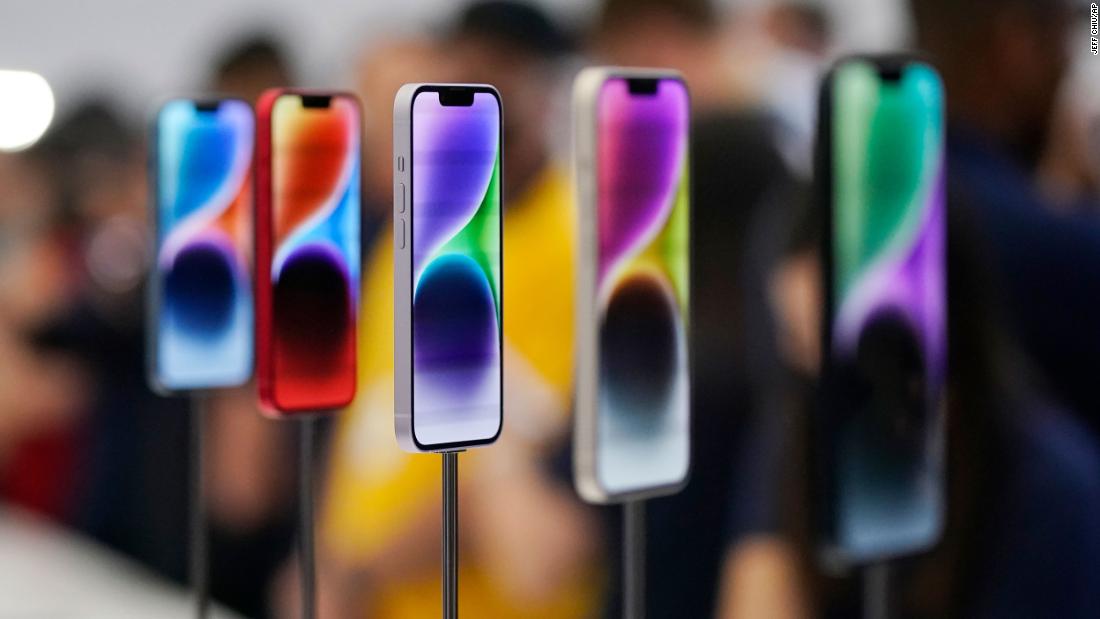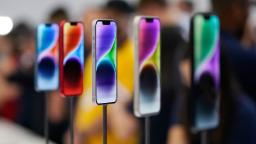

But there are some caveats. For starters, it’s not exactly a stealthy effort: recipients receive an alert that the message was unsent or edited but don’t see the specific change.
Both users also need to be messaging on Apple devices, so it won’t work for Android exchanges. It works best when the recipient is also using iOS 16 — otherwise they’ll receive an awkward timeline of the changes made. SMS messages can’t be unsent or edited either.
And the sender must hope the recipient didn’t see a preview of the original message on the lock screen before it was edited or unsent.
“With Twitter and Apple now also enabling this feature, it is clear that this is a trend that many mobile users demand from these platforms,” said Lian Jye Su, research director at market research firm ABI Research. “Since the barrier to switching messaging platforms is near zero, rich and user-friendly features have become a critical competitive advantage.”
While they’re popular requests, editing and unsending messages could have an unintended impact on transparency and accountability, especially on public platforms, by removing or altering the written record. By making it clear the message was edited, Apple could help maintain some transparency, according to Ramon Llamas, an analyst at IDC.
Even with these new options, however, Lllamas recommends people read over what they send “because it can come back to haunt you … even if you edit it.”
iOS 16 is now available for any iPhone model dating back to the iPhone 8, which was released in 2017. Other new noteworthy iMessage features include the ability to mark messages as unread so they’re easier to respond to later and the option to recover recently deleted messages for up to 30 days.
